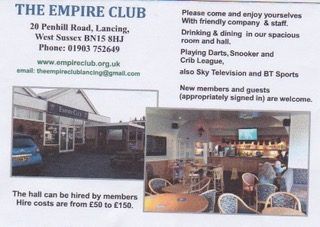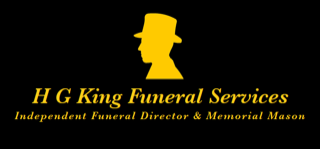History
A stone church has existed on this site since before the end of the tenth century. In 1994, during a period of repair, evidence of the original Saxon building was discovered, subsumed into the present building. Such churches were typically tall and narrow, with only one or two tiny windows and a tower at the west end. Some of the evidence found has been left exposed so the quoins, or corner stones, which can be seen on either side of the west door mark the narrowness of the original building and at roof height inside the nave remains of floor joists indicate the height of the tower.
The square marble font and impressive outer doorway are examples of a more refined style brought by Norman invaders in the eleventh century. The most significant development, however, was the fifty-year period of reconstruction that occurred in the thirteenth century and which created the church much as we find it today. The building was considerably enlarged by the addition of a chancel, central tower and the north and south aisles. The walls inside the church may have been painted with illustrations of stories from Scripture, as the congregation would have been unable to read the bible themselves. Candles would have been the only means of illumination and worship followed Catholic traditions. Although there is no evidence of a Rood screen having existed in medieval times the terms of a will, dated 1535, suggest there was one – probably decorated with images of the apostles or saints and bearing an image of Christ on the cross.
Sometime in the fifteenth century the arcading was cut through and the church became the large, airy space we are familiar with today.
After the Reformation all our churches were stripped of the visual culture of Catholicism and our artistic heritage was destroyed. Despite the ravages of famine, plague and civil war the faithful congregation at St James’s have remained constant to their church, continuing to act as good stewards to this House of God and concerned with keeping the roof watertight and despairing about the leaking font.
The early part of the nineteenth century saw the church extensively overhauled, at the personal expense of Thomas Nash, vicar 1823-34. We know from the archives that walls were stripped of the Puritan whitewash, windows were replaced and 114 additional sittings provided, seventy of which were free. Thomas Nash died when he was only 36 but was the incumbent here for eleven years. Shortly before he died a village school was started in Lancing as the result of public subscription. This was some fifty years before education was to be made compulsory and was attended by children from both Lancing and Coombes. An oil painting from that time shows a double-decker pulpit with an inscription of the Ten Commandments in the chancel. Protestant clergy had a passion for long sermons and altars were seldom used, the Eucharist only being celebrated occasionally.
The end of the nineteenth century brought changes in the Church of England as the church sought to enrich people’s spiritual experience with a return to the ritual and ceremony of the ancient church. Colour was brought back in the vestments worn by priests and coloured glass was again installed in the windows. Choral services and robed choirs were re-introduced and the chancel regained its mystery when the true significance of the Sacraments was restored.
The Victorian stained glass at St James’s is of a very high standard, with some fine windows in the Pre-Raphaelite style. Parishioners in the twentieth century have continued to embellish the church with the installation of a fine Rood screen, a powerful organ and a number of pieces of carved wooden church furniture. Often these were provided as memorials to loved ones but above all else they were offered as gifts to beautify this ancient House of God which has been loved and cared for over the centuries, a place where the presence of the Lord can be felt and prayers of thanksgiving and praise are continually offered to the Lord.
CONTACT US
Associate Vicar: Father Ian Edgar
St James' Vicarage
3 Norbury Drive, Lancing,
BN15 0QN
01903 753641








